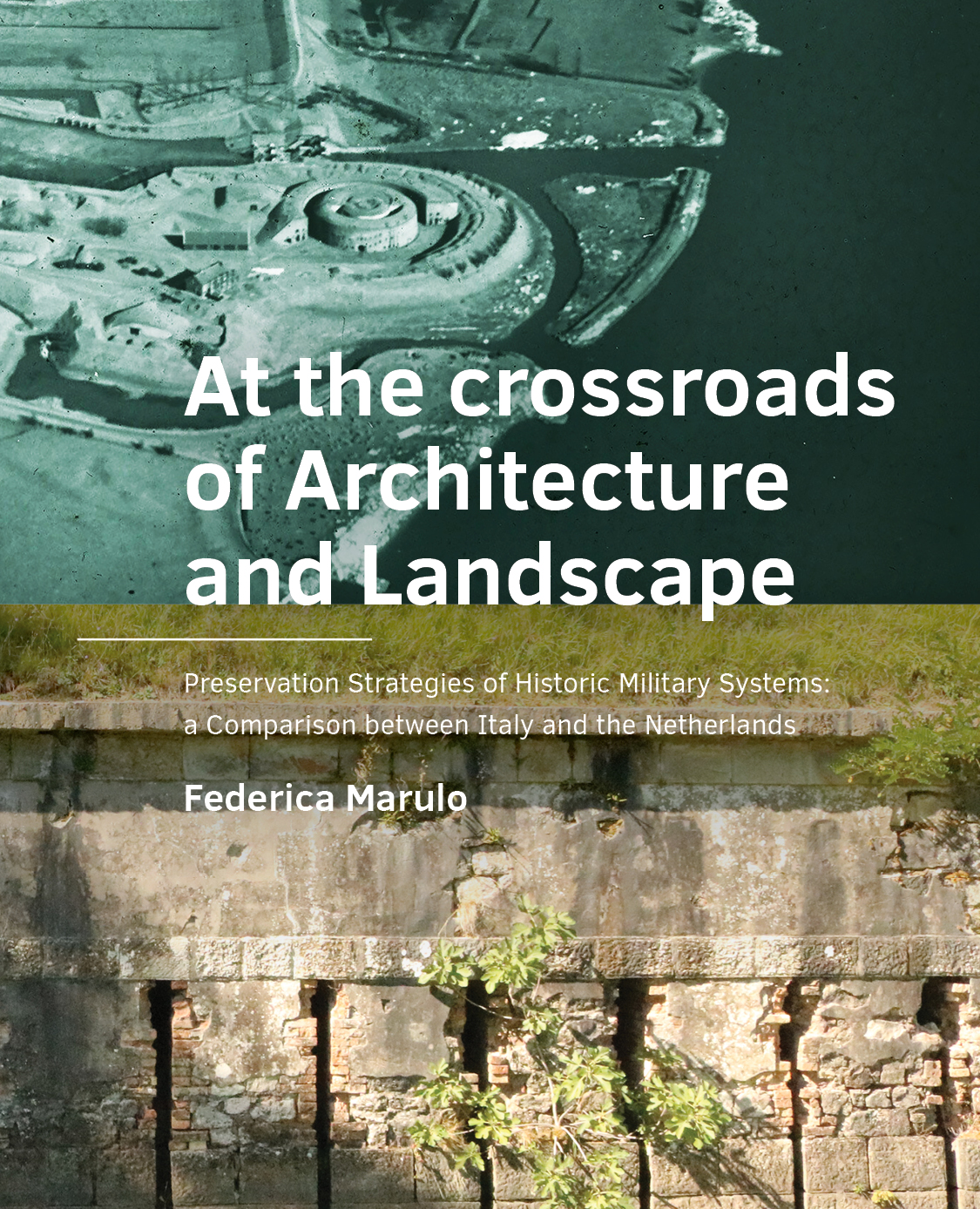At the crossroads of Architecture and Landscape
Preservation Strategies of Historic Military Systems: a Comparison between Italy and the Netherlands
DOI:
https://doi.org/10.7480/abe.2022.22.6886Abstract
In the context of rapid urban transformations, this thesis explores the possible preservation strategies for historic military systems that used to be embedded in extra-urban settings, but that now are absorbed in the development dynamics of complex metropolitan areas. The research stems from the main peculiarity of these heritage systems: namely, the coexistence of cultural and natural values, and their being at the crossroads of the architecture and landscape domains. Although the need to address nature-culture interlinkages has become a topical issue in the field of heritage preservation, military landscapes have been almost completely left out of this debate. Moreover, the lack of inter-scale strategies in current preservation practices for historic military systems further complicates the way nature-culture interlinkages are addressed. The development of a conceptual framework on this topic has required considering the diversity of existing approaches to landscape, architectural heritage and their interconnection. Italy and the Netherlands were selected as relevant contexts in Western Europe for comparison on this topic. Linking archival research, interviews and field observations, Italian and Dutch contemporary experiences with the revitalization and reuse of historic military systems (NL: New Dutch Waterline; IT: Entrenched Field of Mestre) were compared. Both national and international initiatives promoted in the frame of the World Heritage Convention were analysed. To understand the historical roots of the recent approaches, the evolution of landscape protection in the two contexts has been investigated, highlighting the different influences played by the national discourse on architectural heritage and spatial planning. This historical background, together with the cross-reading of the case studies, has led to the definition of a transnational conceptual framework on the possible preservation strategies for historic military systems with an inter-scale approach. Taking into account the peculiarities of each context, it provides a tool for facilitating the decision-making process, bringing historic military systems into the international discussion on nature-culture interlinkages. Ultimately, it can serve as a reference for other historic landscape systems sharing similar characteristics and preservation issues.


